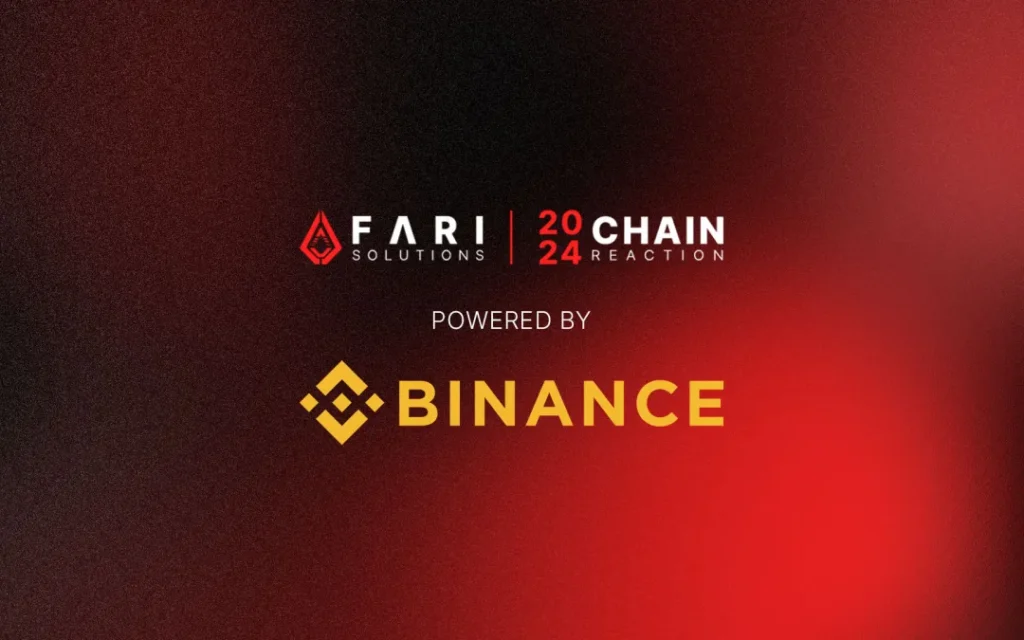What Is a Ledger in Cryptocurrency?

A ledger in cryptocurrency is one of two things in general. The first is the decentralized ledger, a previously used technical jargon for blockchain. The second refers to the Ledger hardware wallet, a series of high-performance cold storage solutions for crypto investors.
In this article, we will explain the meaning of a ledger used for blockchains. We will also examine their working types and provide a few examples of blockchain technology.
Concept of a Decentralized Ledger
A decentralized ledger records transactions that every network member has and is frequently synced for accuracy. Since every participant in the network has an exact and up-to-date copy of the record, it means that even if one person tries to manipulate their ledger, others can easily catch him.
A decentralized ledger forms the basis of blockchain technology. Here, each node acts as a copy of the universal ledger. A node is typically a computer that adds new transactions to the blockchain and is responsible for its maintenance and upkeep.

A Blockchain Network made up of several Nodes
Besides a node, there are other network participants, ordinary users like us, who can make transactions and have access to the entire history of the blockchain. This helps everyone examine all the blockchain transactions, irrespective of their type.
Since blockchain transactions are open for everyone to watch, to prevent privacy breaches, blockchains anonymize the user, which means users typically do not have a name and can only be identified by their blockchain addresses.
How does a ledger work in crypto?
A decentralized ledger or a blockchain lets users add their transactions and verify them with the help of nodes. Once a certain number of nodes agree that a certain transaction is legitimate, it is added to the blockchain.
A consensus mechanism is the process by which nodes cross-check a transaction’s legitimacy. There are several types of consensus mechanisms, such as proof of work, proof of stake, proof of authority, proof of time Lapse, and proof of history.
Below are the steps through which a transaction goes before it is finally added to the decentralized ledger.
- A user initiates a transaction by sending a few cryptocurrency tokens to another user or any platform.
- The transaction is first deposited into a pool of transactions, often called a Mempool.
- Once a node(transaction verifier) sees this transaction, it picks it up and initiates the process of validating it.
- The transaction is verified if the sender has sufficient balance and the receiver has a valid blockchain address.
- Once a node verifies a transaction, it is broadcast to the other nodes in the blockchain network, where different nodes pick it up and run the same calculations to verify it multiple times (each node once).
- Each blockchain has a certain quota of nodes, which must be met to finalize the transaction.
- The receiver receives the crypto after the first node is verified, but it is locked and unusable till the required quota is met.
- The finalization is then done, and the receiver is allowed to use the received crypto.

Working Mechanism in Proof of Work Consensus
Consensus Mechanisms
The consensus mechanism is an algorithm through which cryptocurrencies arrive at a consensus that a certain transaction is true. Different consensus mechanisms vary in the method they use to verify transactions. Some do it via complex calculations, while others use the carrot and stick principle.
Below are the two most popular consensus mechanisms: proof of work and proof of stake.
Proof of Work
Proof of Work is a consensus mechanism in which every transaction verifier (called the miner) performs complex calculations to obtain a value called “nonce.” This nonce value is then attached to the transaction. If the transaction is true, every miner must have obtained the same nonce value.
Some examples include Bitcoin, Litecoin, Dogecoin, Monero and Ravencoin.
Proof of Stake
Proof of Stake is a consensus mechanism where nodes(called validators) have first to pledge (called staking) some crypto to be allowed to verify the transactions. Their staked crypto is confiscated if they engage in any fraud or manipulation.
Such bad nodes are easily detected because a single transaction goes through multiple nodes to get verified.
Some examples include Ethereum, Cardano, Avalanche, and Polygon.
Frequently Asked Questions
Who controls the blockchain ledger?
A ledger is controlled by all the nodes in its network, sometimes hundreds or even thousands.
Who owns the Bitcoin ledger?
The Bitcoin ledger is owned as a community by every blockchain address and node on the Bitcoin network.
Is a ledger the same as a block?
No, a block is a set of processed transactions. A ledger is a series of ever-growing connected blocks.
Who is running the Bitcoin ledger now?
The Bitcoin ledger is run by every node (miner) that validates transactions in the Bitcoin blockchain.





















![Top Altcoins in October [2024] You Should Look Out For 20 Top Altcoins in October [2024] You Should Look Out For](https://cryptolandoff.com/wp-content/uploads/2024/10/Top-Altcoins-in-October-2024-You-Should-Look-Out-For.jpeg)

































































































































































































